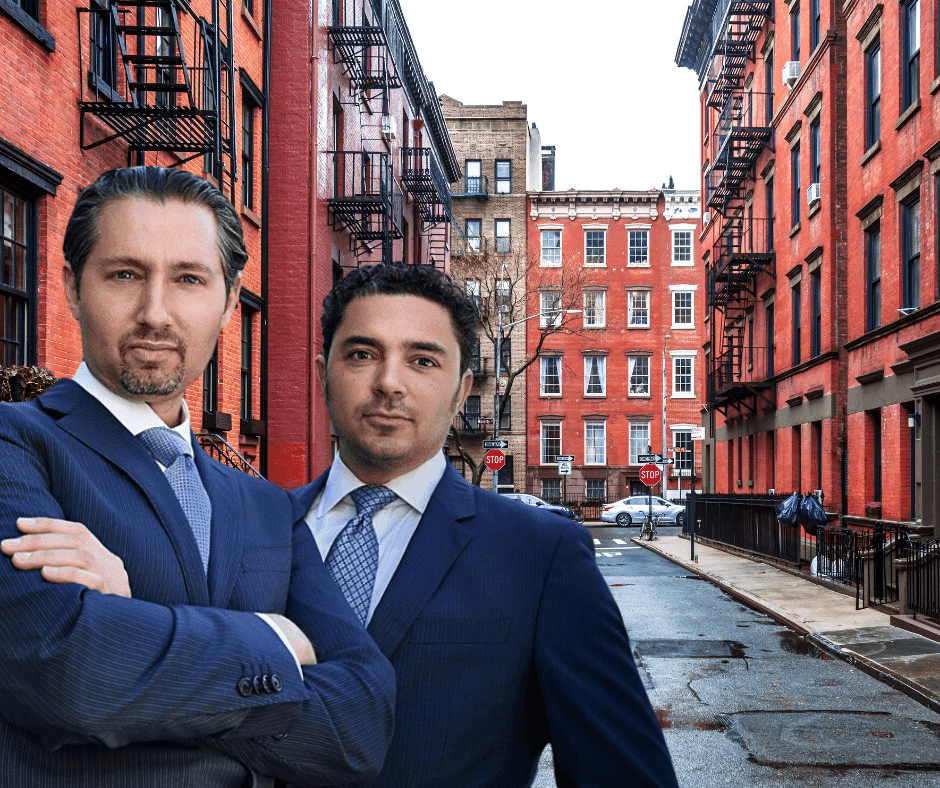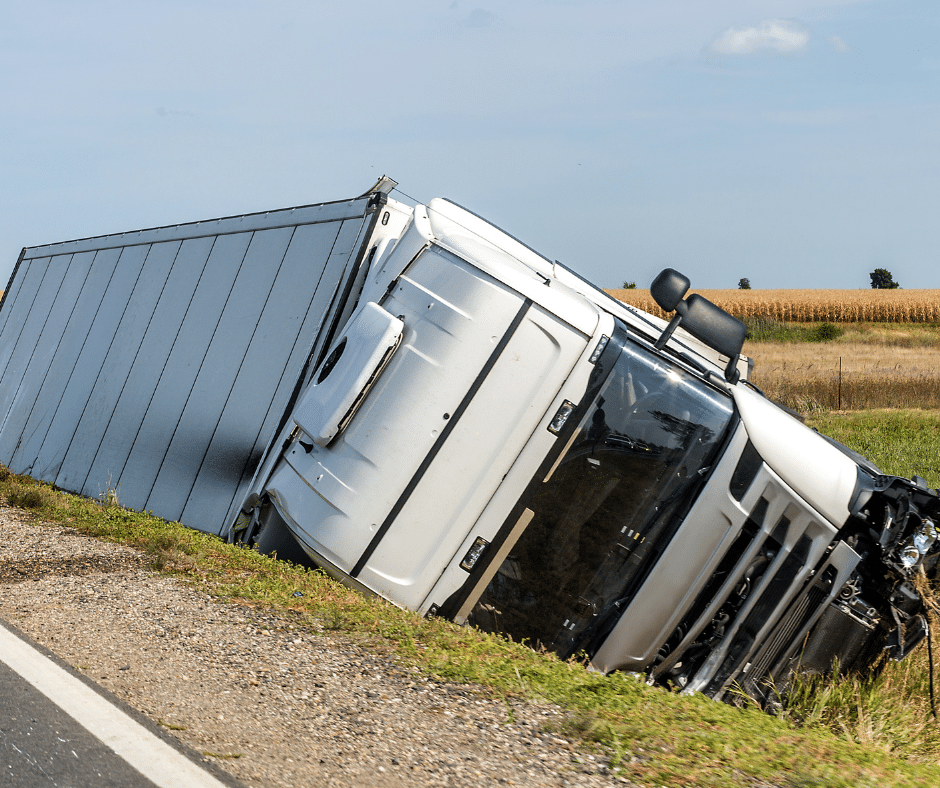- Typical Fault in Rear-End Collisions: In most cases, the driver of the rear vehicle is at fault for a rear-end collision due to failure to maintain a safe following distance, as mandated by traffic laws.
- Common Causes of Rear-End Collisions: Rear-end collisions often result from following too closely, speeding, or engaging in aggressive driving behaviors like tailgating, which can lead to accidents and injuries such as whiplash.
- Liability in New York: New York follows a no-fault insurance system, meaning regardless of fault, victims seek compensation from their own insurance company. However, exceptions apply if the injuries meet the state’s serious injury threshold.
- Serious Injury Threshold: Serious injuries such as significant disfigurement, bone fractures, or disabilities lasting at least 90 days may allow victims to pursue compensation beyond the no-fault system from the at-fault driver’s insurance company.
- Role of an Attorney: Hiring a car accident attorney in New York is advisable for victims, as attorneys can help assess fault, handle insurance claims, and pursue additional compensation through personal injury lawsuits if necessary. Meirowitz & Wasserberg attorneys offer free consultations to evaluate cases and provide legal guidance.
A rear-end collision occurs when one vehicle crashes into the back of the vehicle it is following. Rear-end collisions can cause expensive property damage and painful personal injuries – especially to the neck and back. Typically, the person driving the rear vehicle will be at fault for the accident, since he or she should have obeyed the rule of leaving adequate following distance. This is not always the case, however. In New York, different laws may apply to navigating a rear-end collision claim case but speaking with a skilled car accident attorney in NYC can help ease the process.
Traffic Laws and Following Distance
Following too closely is against the law in New York. The New York Vehicle and Traffic Code, Section 1129, states that drivers must follow other vehicles no more closely than is reasonable and prudent, according to the speeds of the vehicles and traffic conditions. Drivers must leave enough space to accommodate another vehicle, should someone choose to pass, when they are not driving in business or residential districts. These rules do not apply to a funeral procession.
Following too closely is a hazard because the driver may not have enough time or space to safely stop the vehicle before a collision. If the second vehicle stops suddenly, the following vehicle may collide with it if it is not keeping a reasonable and prudent distance. Rear-ending another vehicle can cause the driver injuries such as whiplash, from the abrupt backward and forward motion of the head and neck. A serious rear-end collision, such as a semi-truck colliding with the back of a passenger vehicle, could be fatal.
Speeding is also a commonly broken law involved in rear-end collisions. Drivers following too closely, speeding, or tailgating may not be able to react to changing roadway situations fast enough to prevent collisions. Speeding and tailgating combined is often a form of road rage, aimed at getting the front driver to switch lanes. Engaging in reckless driver behaviors like this and causing a rear-end collision could result in damage liability.
Liability for a Rear-End Collision in New York
In most states, if someone breaks a traffic law such as following too closely and causes a rear-end collision, that person will be at-fault for the collision. It will be his or her insurance company that pays for victims’ damages. New York, however, is one of 13 no-fault insurance states in the U.S. In NY, no matter who was at fault for the accident, the victim will seek restitution from his or her own auto insurance company. The only exception is if the victim’s injuries meet the state’s serious injury threshold.
- Fatal injuries or the loss of a fetus.
- Significant limitation or permanent loss of use of an organ, body function, member, or system.
- Permanent consequential limitation of a body member or organ.
- Dismemberment or another significant disfigurement.
- Bone fractures.
- Temporary injury or impairment that disables the victim for at least 90 days.
A rear-end collision that causes serious injuries may fall outside the state’s no-fault rule. In these cases, the claim would go to the person at fault for causing the crash’s auto insurer. The victim would also have the right to pursue further compensation through a personal injury civil lawsuit. It will be up to the victim to determine fault, identify the defendant, and to file a compensation claim through the appropriate outlets. For these reasons, hiring a car accident attorney in New York is often in the victim’s best interests.
Why Hire an Attorney?
Whether a rear-end collision caused minor or major personal injuries and property damages, an attorney can help. Attorneys offer free consultations, so crash victims can assess and discuss their cases at no cost or obligation. An attorney can handle the insurance claims process or a personal injury trial on the victim’s behalf, fighting for fair compensation either way.





